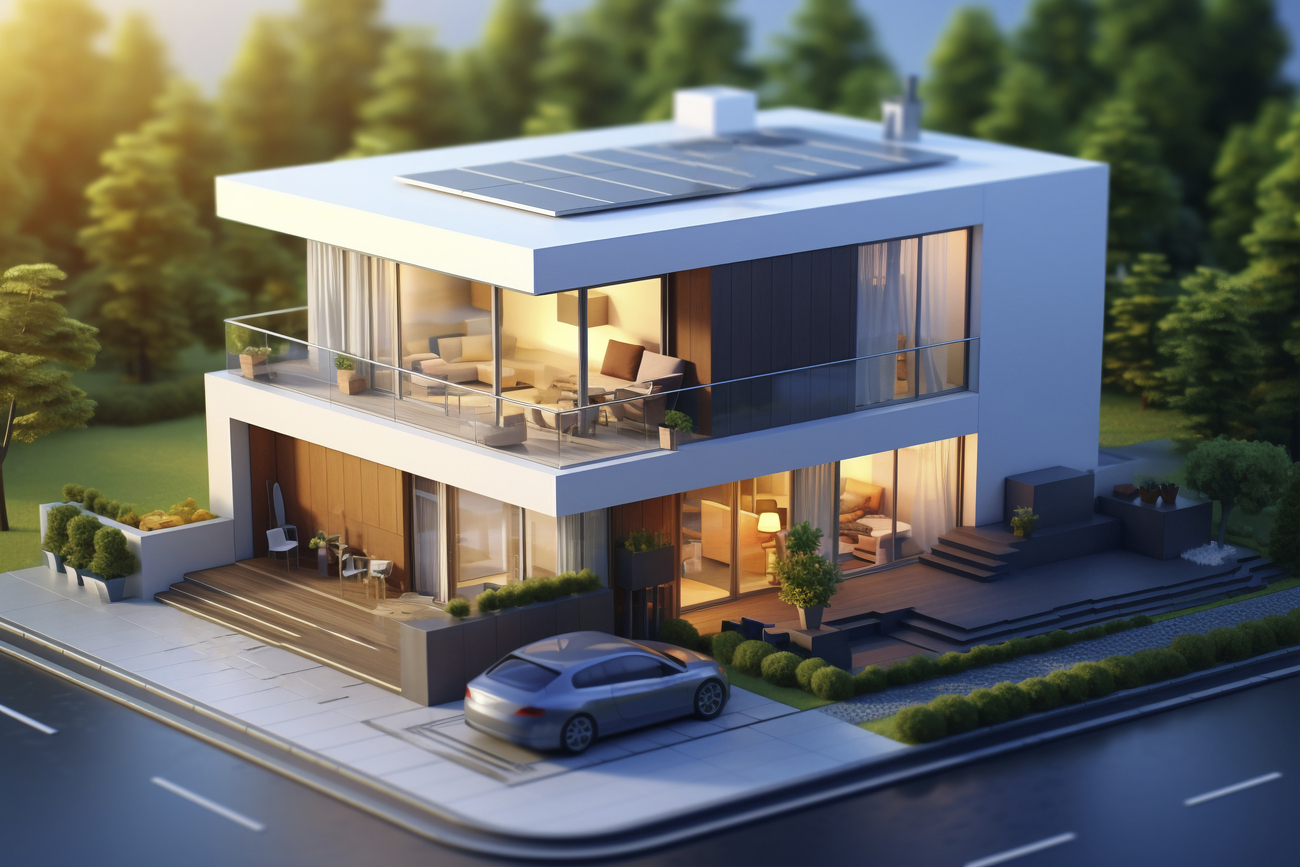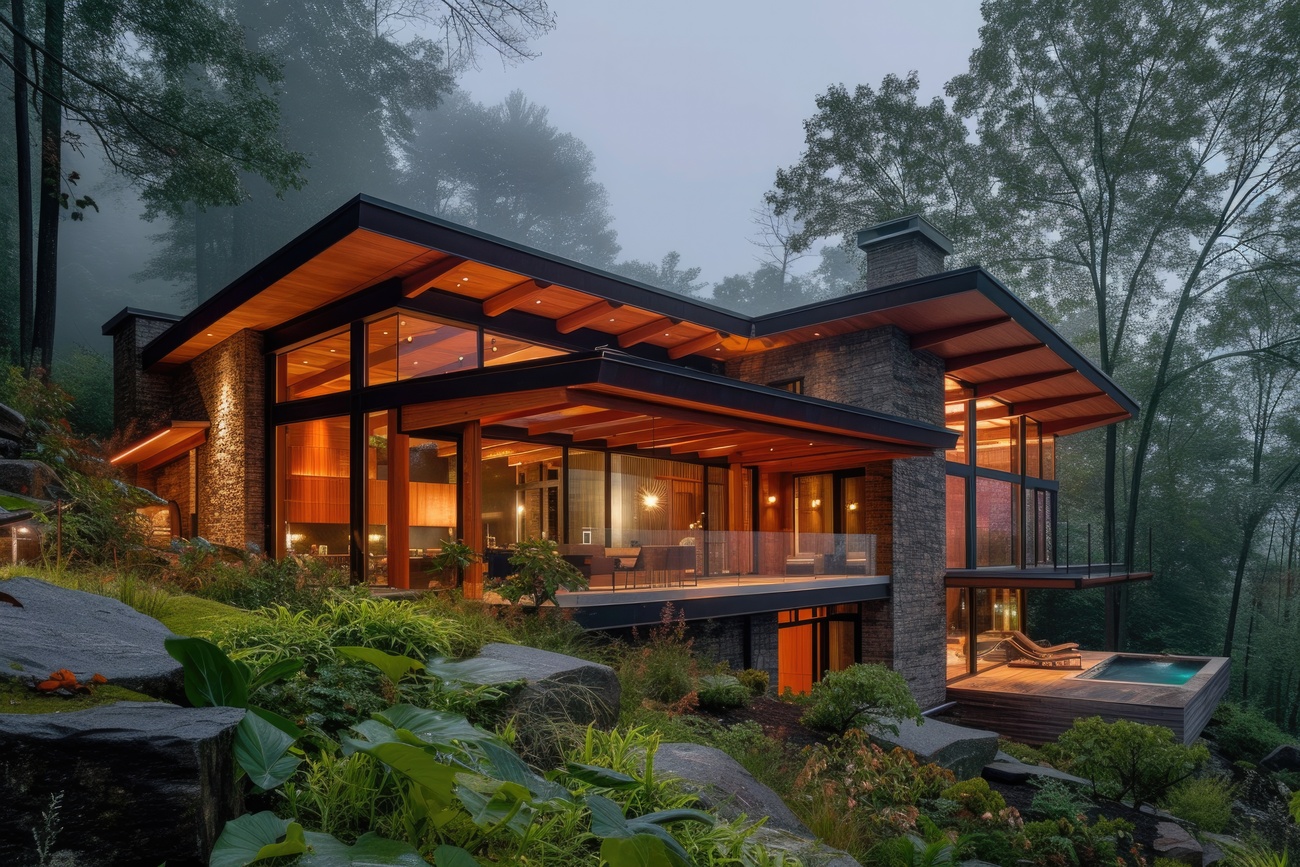
Tips for Building a Japanese-Style Villa
Japanese-style villas are admired worldwide for their simplicity, harmony with nature, and timeless elegance. Combining traditional design principles with modern functionality, a Japanese villa creates a serene environment perfect for relaxation and mindful living. If you’re planning to build one, here are some essential tips to consider:
1. Emphasize Natural Materials
Japanese architecture highlights the use of wood, stone, bamboo, and paper. Choose natural, warm-toned wood for floors, walls, and ceilings. Incorporate stone elements for pathways, walls, or water features to bring a sense of earthiness.
2. Focus on Simplicity and Minimalism
Clean lines, uncluttered spaces, and functional layouts are at the heart of Japanese design. Avoid excessive decoration and instead focus on purposeful furniture and simple finishes. This minimalism enhances the feeling of calm and balance.
3. Integrate Sliding Doors (Shoji)
Shoji doors made of wood and translucent paper are a signature element of Japanese homes. They save space, allow natural light to filter softly, and create flexible room divisions that add to the villa’s functionality and aesthetics.
4. Create a Connection with Nature
Japanese villas are designed to blend seamlessly with the outdoors. Consider large windows, open courtyards, or indoor gardens. Adding a koi pond, bamboo grove, or bonsai trees can enhance the sense of tranquility and connection to nature.
5. Include a Zen Garden
A small rock garden or “Kare Sansui” with carefully arranged stones, sand, and plants provides a meditative space. It doesn’t require much maintenance but adds a powerful cultural and aesthetic touch to the villa.
6. Use Neutral and Earthy Colors
Option for a calming color palette inspired by nature shades of beige, cream, brown, and muted greens. These tones make the villa feel soothing and timeless.
7. Incorporate Tatami Rooms
Tatami mats are traditional Japanese flooring made from woven straw. Designing a tatami room for tea ceremonies, meditation, or relaxation adds authenticity and cultural richness to the villa.
8. Design for Balance and Flow
The Japanese philosophy of Ma emphasizes balance, emptiness, and the flow of space. Ensure that each room feels open, with good circulation and harmony between interior and exterior spaces.
9. Add a Relaxation Corner
Many Japanese villas feature spaces dedicated to wellness, such as an onsen-inspired bathroom or an outdoor soaking tub. This creates a spa-like experience that enhances the villa’s luxury and tranquility.
10. Blend Tradition with Modern Comfort
While staying true to Japanese design, don’t hesitate to integrate modern conveniences like underfloor heating, smart lighting, or sustainable energy solutions. The goal is to achieve harmony between tradition and contemporary living.
A Japanese-style villa is not just a house it is a sanctuary that embodies simplicity, mindfulness, and harmony with nature. By combining traditional elements with modern comforts, you can create a timeless retreat that promotes relaxation and well-being.

Date: November 13, 2025
The global property sector is entering 2026 with a complex mix of opportunities and structural challenges. As markets recover unevenly from economic disruptions of the early 2020s, developers, investors, and policymakers must confront new realities shaped by shifting demographics, technological adva ...

Date: November 14, 2025
Buying a house is one of the biggest financial decisions most people will ever make. While many buyers focus on the down payment and monthly mortgage, there are several hidden costs that often catch them by surprise. Understanding these expenses can help homebuyers prepare more accurately and avoid ...

Date: November 15, 2025
For years, many assumed that Gen Z facing rising housing prices, student loans, and economic uncertainty would delay homeownership even longer than millennials. Surprisingly, the trend is shifting. Around the world, more Gen Z adults (typically defined as those born between 1997–2012) are beginnin ...

Date: November 15, 2025
For many people, owning a home remains a major life goal symbolizing stability, security, and long-term financial growth. But with rising property prices, higher living costs, and economic uncertainty, the big question for 2025 is clear: Is buying a house still realistic? The answer depends on sever ...

Date: November 11, 2025
In the fast-paced world of real estate, the digital revolution has completely transformed how properties are marketed and sold. Today’s property agents and developers must adapt to changing consumer behavior, emerging technologies, and online competition. To succeed, real estate professionals need ...
Ala Land Bali — a magical place for the real you
BECOME PART OF THE HISTORY Share your contact details, and our manager will reach out
with full project details

